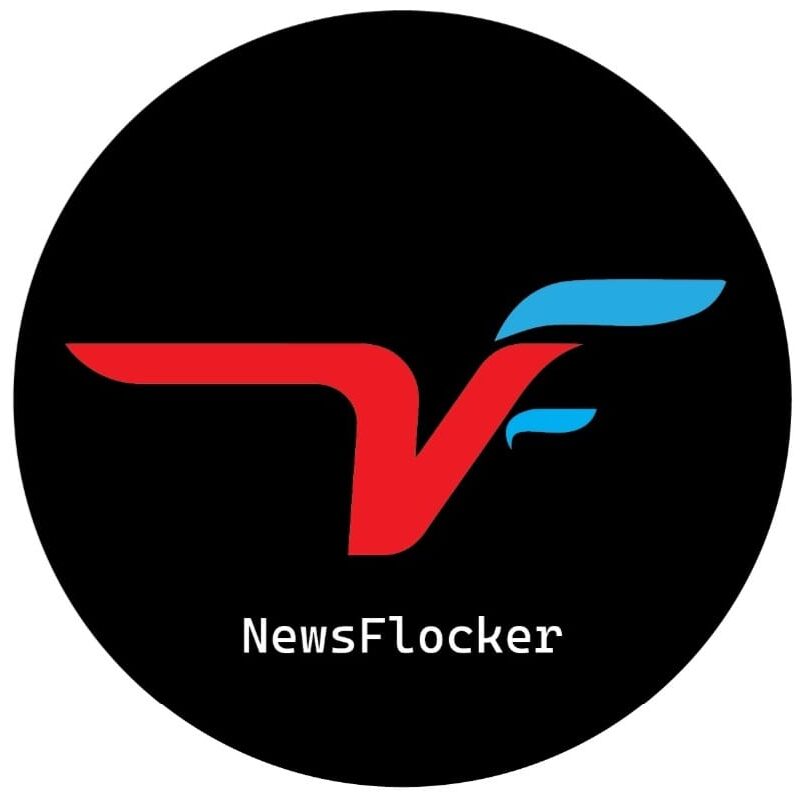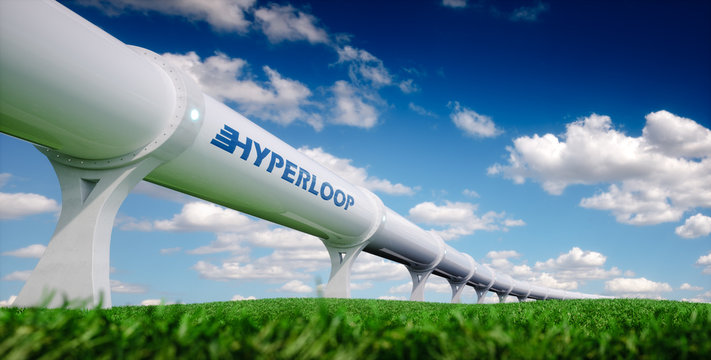Introduction
Imagine traveling from Los Angeles to San Francisco in just 30 minutes, or from New York to Washington D.C. in under an hour. This is the promise of the Hyperloop, a futuristic transportation system that aims to revolutionize how we move. Let’s delve into the world of Hyperloop and uncover the magic behind this groundbreaking concept.
What is Hyperloop?
- Concept and Definition: The Hyperloop is a high-speed transportation system proposed by Elon Musk in 2013. It consists of passenger pods that travel through low-pressure tubes at near-supersonic speeds. The idea is to create a mode of transport that is faster, safer, and more efficient than current options.
- The Vision Behind Hyperloop: The vision is to drastically cut travel times and reduce environmental impact. Hyperloop aims to make long-distance travel seamless and affordable, connecting cities like never before.
The Technology Behind Hyperloop
- Magnetic Levitation: One of the core technologies of Hyperloop is magnetic levitation (maglev). Maglev technology uses magnets to lift and propel the pods, eliminating friction and allowing for incredibly smooth and fast travel.
- Vacuum Tubes: The pods travel through vacuum tubes with very low air pressure, reducing air resistance. This vacuum environment allows the pods to achieve speeds of over 700 mph, making Hyperloop one of the fastest transportation methods envisioned.
Advantages of Hyperloop
- Speed and Efficiency: Hyperloop is designed to be significantly faster than traditional trains and cars. With the ability to reach speeds exceeding 700 mph, it promises to drastically cut travel times between major cities.
- Environmental Impact: Hyperloop is projected to be more energy-efficient than planes and cars, with a smaller carbon footprint. It uses renewable energy sources like solar power, making it a greener alternative to conventional transport.
Challenges and Criticisms
- Technical Challenges: Developing a new transportation system from scratch involves numerous technical hurdles. These include ensuring safety at high speeds, building durable infrastructure, and creating a reliable power supply.
- Economic and Social Concerns: The cost of building Hyperloop infrastructure is immense, raising questions about economic feasibility. Additionally, there are concerns about land acquisition, displacement, and the social impact of such projects.
Development and Testing
- Key Players and Projects: Several companies are leading the charge in developing Hyperloop technology. These include Virgin Hyperloop, Hyperloop Transportation Technologies (HTT), and Elon Musk’s The Boring Company. Each of these players is working on various aspects of the technology and conducting tests.
- Milestones Achieved: Significant milestones have been achieved in recent years, including successful test runs and prototype demonstrations. Virgin Hyperloop’s test in 2020, where passengers safely traveled in a Hyperloop pod, was a significant breakthrough.
Hyperloop vs. Traditional Transport
- Comparison with Trains: Traditional trains, even high-speed ones, cannot match the speed and efficiency of Hyperloop. Hyperloop promises to cut travel times by more than half while using less energy.
- Comparison with Air Travel: While air travel is currently the fastest mode for long distances, Hyperloop aims to compete by offering similar speeds with the added benefits of lower costs and minimal environmental impact.
Potential Routes and Markets
- Proposed Routes: Several routes have been proposed worldwide, including Los Angeles to San Francisco, Mumbai to Pune, and Dubai to Abu Dhabi. These routes were chosen based on high commuter demand and economic feasibility.
- Market Demand and Feasibility: Market studies indicate strong demand for faster, more efficient travel options. Feasibility studies are ongoing to ensure the economic viability of these projects.
Economic Impact
- Cost of Implementation: Building a Hyperloop network requires significant investment. Estimates vary, but the cost is expected to be in the billions for initial routes. However, proponents argue that the long-term economic benefits outweigh the initial costs.
- Job Creation and Economic Growth: Hyperloop projects are expected to create numerous jobs during the construction and operational phases. The improved connectivity can also spur economic growth in connected regions.
Environmental Impact
- Energy Consumption: Hyperloop’s use of renewable energy sources like solar power can lead to lower energy consumption compared to planes and cars. This contributes to a more sustainable transportation system.
- Carbon Footprint Reduction: By significantly reducing travel times and energy consumption, Hyperloop has the potential to lower the carbon footprint of transportation, contributing to global efforts to combat climate change.
Safety and Security
- Safety Measures: Ensuring passenger safety at high speeds is a top priority. Advanced materials, real-time monitoring systems, and robust emergency protocols are being developed to make Hyperloop one of the safest modes of transport.
- Security Concerns: Security measures are also being considered to protect against potential threats. This includes surveillance systems, secure access controls, and collaboration with local authorities.
Public Perception and Acceptance
- Public Opinion: Public perception of Hyperloop is generally positive, with excitement about its potential benefits. However, there are also concerns about safety, costs, and environmental impact that need to be addressed.
- Government Support: Government support is crucial for the success of Hyperloop projects. Various governments have shown interest and are conducting feasibility studies to evaluate the potential of this technology.
Future Prospects
- Upcoming Projects: Numerous Hyperloop projects are in the pipeline, with planned routes in the US, Europe, and Asia. These projects aim to demonstrate the viability and benefits of Hyperloop on a larger scale.
- Long-Term Vision: The long-term vision for Hyperloop includes a global network that connects major cities and regions, revolutionizing how we travel and bringing the world closer together.
Hyperloop Around the World
- North America: In the US, several routes are under consideration, including those connecting major cities like Los Angeles, San Francisco, and Chicago. Canada is also exploring potential Hyperloop routes.
- Europe: Europe is actively exploring Hyperloop technology, with proposed routes in countries like France, the Netherlands, and Spain.
- Asia: Asia, with its dense population and rapid urbanization, is a prime market for Hyperloop. India and the UAE are at the forefront, with feasibility studies and pilot projects underway.
Conclusion
Hyperloop represents the future of transportation, promising unprecedented speed, efficiency, and environmental benefits. While challenges remain, the progress made so far is promising. As technology advances and more projects are realized, Hyperloop could transform how we travel, making the world more connected and accessible.
FAQs
- What is Hyperloop? Hyperloop is a proposed high-speed transportation system that uses passenger pods traveling through low-pressure tubes at near-supersonic speeds.
- Who proposed the concept of Hyperloop? The concept of Hyperloop was proposed by Elon Musk in 2013.
- How fast can Hyperloop travel? Hyperloop pods are designed to travel at speeds exceeding 700 mph, significantly faster than traditional trains and cars.
- What are the environmental benefits of Hyperloop? Hyperloop uses renewable energy sources like solar power, resulting in lower energy consumption and a smaller carbon footprint compared to planes and cars.
- What are the main challenges facing Hyperloop development? The main challenges include technical hurdles, high costs of implementation, and addressing safety and security concerns.





